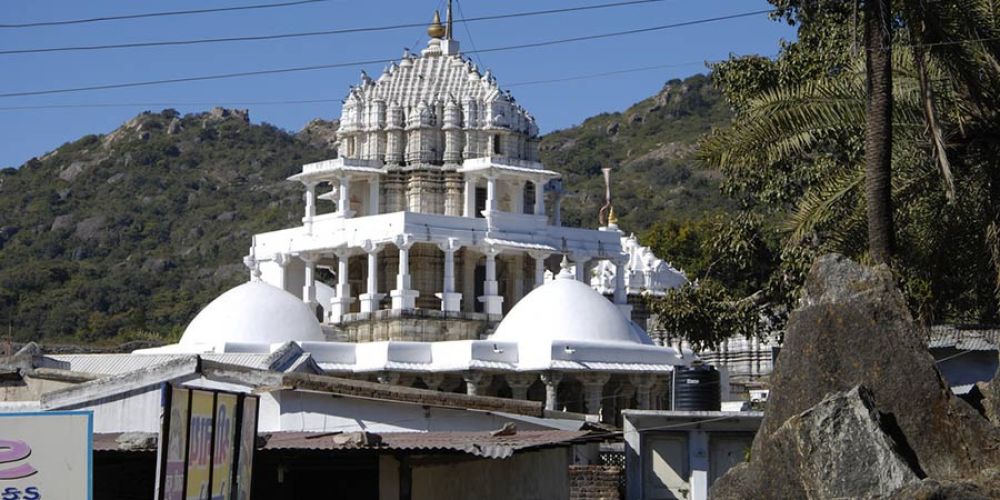

Located in the sacred city of Palitana in Gujarat, India, the Khartar Vasahi Temple is one of the most revered Jain temples that form part of the Shatrunjaya hill complex. Palitana is widely recognized as a major pilgrimage destination for adherents of Jainism, with its history of tourism deeply intertwined with religious devotion and spiritual pursuits.
The foundations of Jain tourism in Palitana can be traced back to as early as the 11th century when it was established as a major site of pilgrimage. Over the centuries, as the faith prospered, so did the need to construct temples that could serve as places of worship for the burgeoning number of pilgrims visiting the city. The Khartar Vasahi Temple, built in the 16th century, stands out as a testament to the devoutness and architectural ingenuity of its patrons.
The temple showcases exquisite carvings, ornate pillars, and detailed sculptures that are characteristic of Jain temple architecture. Through the ages, its beauty has not only drawn the faithful but also art connoisseurs and history buffs, thus contributing to the diverse tourism profile of Palitana.
Religious tourism remains the cornerstone of Palitana's allure, with thousands of Jains undertaking the pilgrimage to the Shatrunjaya hill annually. The act of ascending the hill to visit the 108 temples, including Khartar Vasahi, is considered an act of devotion and is seen as a pathway to enlightenment.
In recent years, the government and various organizations have focused on improving infrastructure to cater to the needs of both domestic and international visitors. Facilities such as better lodging, transportation, and visitor amenities have been enhanced to ensure a more comfortable pilgrimage and tourist experience.
Today, Palitana is embracing eco-friendly and sustainable tourism practices to preserve its pristine environment and cultural heritage. Efforts are underway to minimize the ecological footprint of tourism and maintain the sanctity of this spiritual haven. There is also a growing trend of cultural tourism, where visitors come not only for religious reasons but to soak in the history, architecture, and local customs surrounding the temple complex.
Visitors to the Khartar Vasahi Temple can witness the awe-inspiring spectacle of the Palitana temples during the winter months when the weather is pleasant. The temple is open to visitors from sunrise to sunset, with specific rituals observed during certain times of the day.
In conclusion, the Khartar Vasahi Temple in Palitana represents much more than a point of interest for visitors. It is a pilgrimage of faith, an architectural marvel, and an integral part of the history and development of religious tourism in Gujarat. The continuous flow of pilgrims and tourists to Palitana is a testament to the temple's enduring spiritual appeal.